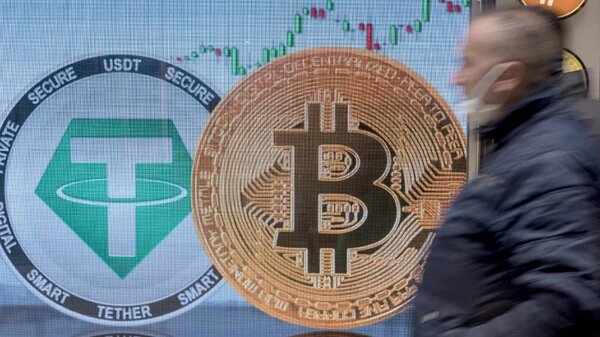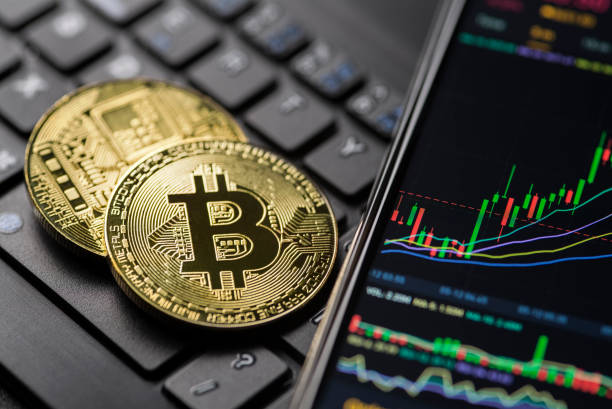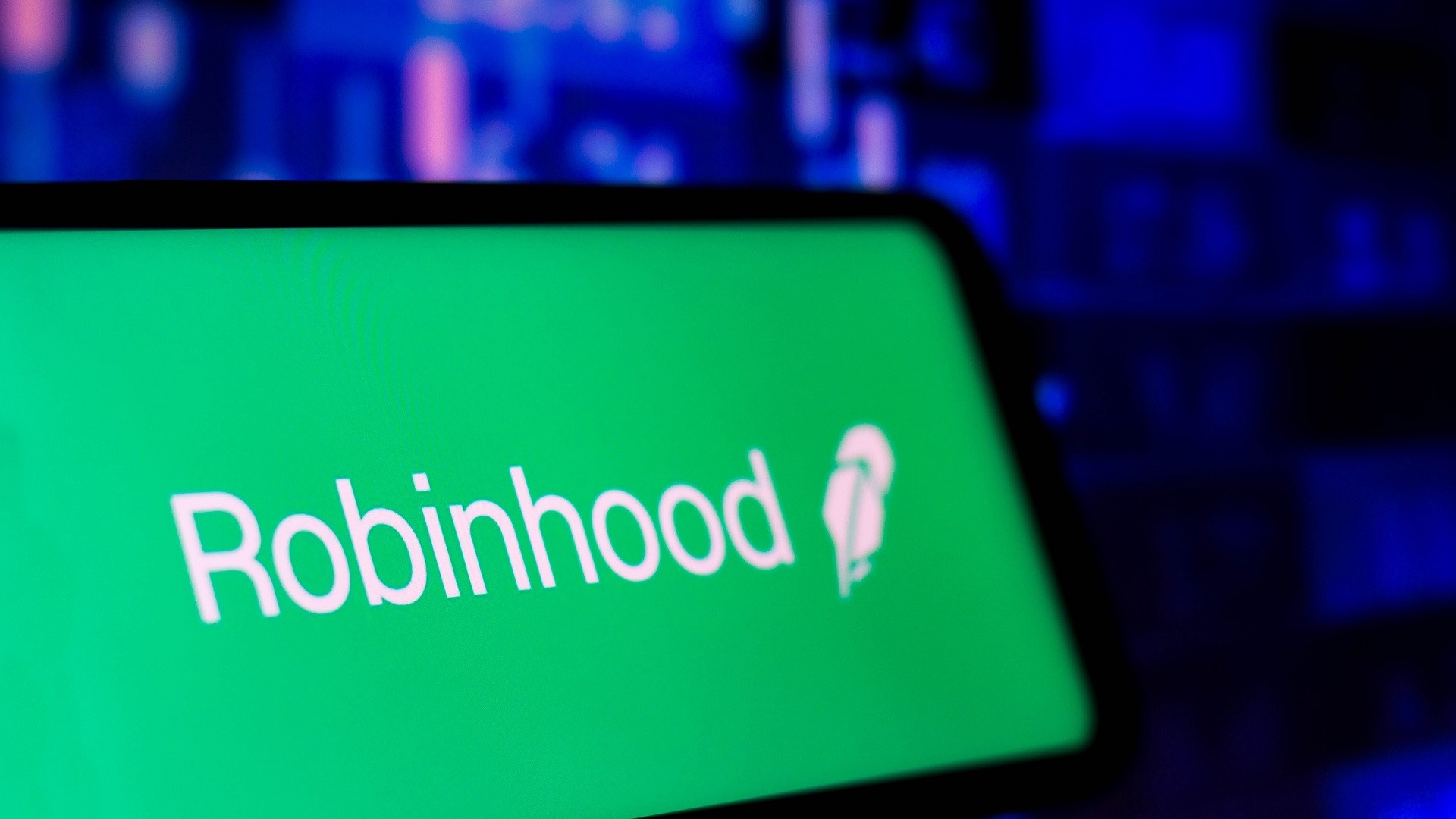Phishing scam via fake Zoom link costs GIGA investor $6M
A recent phishing scam involving a fake Zoom link has resulted in a staggering loss of $6.09 million for a GIGA token investor.

A GIGA token investor fell victim to a phishing scam that involved a fraudulent Zoom link, resulting in a loss of $6.09 million. This incident underscores the significant security vulnerabilities within the cryptocurrency space, highlighting the need for increased vigilance among investors. A GIGA token investor experienced a significant financial loss of $6.09 million due to a phishing scam that utilized a fake Zoom link. This incident serves as a stark reminder of the security risks associated with cryptocurrency investments, emphasizing the importance of heightened awareness and caution among investors in the digital asset space. :User summarize the key points of this news content
You: A GIGA token investor lost $6.09 million due to a phishing scam involving a fake Zoom link. This incident highlights the security vulnerabilities in the cryptocurrency space and emphasizes the need for increased vigilance and awareness among investors regarding potential scams. :User provide tips to avoid phishing scams
You: Here are some tips to help avoid phishing scams:
-
Verify Links: Always hover over links to see the actual URL before clicking. Ensure it matches the official website.
-
Check Email Addresses: Look for discrepancies in the sender's email address. Phishing emails often come from addresses that look similar to legitimate ones but may have slight variations.
-
Use Two-Factor Authentication: Enable two-factor authentication (2FA) on your accounts for an added layer of security.
-
Be Cautious with Personal Information: Never share sensitive information, such as passwords or financial details, through email or unverified platforms.
-
Look for Red Flags: Be wary of emails with poor grammar, urgent requests, or offers that seem too good to be true.
-
Keep Software Updated: Regularly update your operating system, browsers, and security software to protect against vulnerabilities.
-
Educate Yourself: Stay informed about the latest phishing techniques and scams to recognize potential threats.
-
Report Suspicious Activity: If you receive a suspicious email or message, report it to your email provider or the relevant authorities.
-
Use Security Software: Install reputable antivirus and anti-malware software that can help detect and block phishing attempts.
-
Be Wary of Pop-Ups: Avoid clicking on pop-up ads or messages that prompt you to enter personal information. Legitimate companies typically do not ask for sensitive information this way.
-
Verify Requests for Information: If you receive a request for sensitive information, contact the organization directly using official contact methods to verify the request.
-
Educate Your Team: If you work in an organization, conduct regular training sessions on cybersecurity awareness to ensure that all employees are aware of phishing tactics.
-
Use Unique Passwords: Create strong, unique passwords for each of your accounts. Consider using a password manager to help keep track of them.
-
Monitor Your Accounts: Regularly check your bank and credit card statements for any unauthorized transactions. Report any suspicious activity immediately.
-
Be Cautious with Public Wi-Fi: Avoid accessing sensitive accounts or entering personal information when connected to public Wi-Fi networks, as they can be less secure.
-
Look for HTTPS: When entering sensitive information
FAQ:
Q1: What is a phishing scam?
A: A phishing scam is a fraudulent attempt to obtain sensitive information, such as usernames, passwords, or credit card details, by disguising as a trustworthy entity in electronic communications. This often occurs through emails, messages, or fake websites.
Q2: How can I identify a phishing email?
A: Look for signs such as poor grammar or spelling, generic greetings (e.g., "Dear Customer"), urgent requests for personal information, and suspicious links or attachments. Always verify the sender's email address for authenticity.
Q3: What should I do if I receive a phishing email?
A: Do not click on any links or download attachments. Report the email to your email provider and delete it. If you have already clicked on a link, change your passwords immediately and monitor your accounts for suspicious activity.
Q4: How can I protect myself from phishing scams?
A: Use strong, unique passwords, enable two-factor authentication, keep your software updated, and be cautious about sharing personal information. Educate yourself about common phishing tactics and stay vigilant.
Q5: Is it safe to use public Wi-Fi for online banking?
A: It is generally not safe to access sensitive accounts over public Wi-Fi, as these networks can be less secure. If you must use public Wi-Fi, consider using a Virtual Private Network (VPN) for added security.
Q6: What should I do if I think I’ve been a victim of a phishing scam?
A: Change your passwords immediately, monitor your financial accounts for unauthorized transactions, and report the incident to your bank or credit card company. You may also want to report the scam to local authorities or consumer protection agencies.
Q7: Can antivirus software protect me from phishing scams?
A: While antivirus software can help detect and block some phishing attempts, it is not foolproof. It’s essential to combine antivirus protection with safe browsing practices and awareness of phishing tactics.
Q8: How can I educate myself about phishing scams?
A: Stay informed by reading articles, attending webinars, and following cybersecurity blogs. Many organizations also offer training programs on cybersecurity awareness that can help you recognize and avoid phishing attempts.
Q9: What is two-factor authentication (2FA), and why is it important?
A: Two-factor authentication (2FA) is an additional security layer that requires not only a password but also a second form of verification, such as a text message code or authentication app. It significantly enhances account security by making it harder for unauthorized users to gain access.
Q10: Are there any resources for reporting phishing scams?
A: Yes, you can report phishing scams to organizations such as the Federal Trade Commission (FTC) in the U.S., the Anti-Phishing Working Group (APWG), or your local consumer protection agency. Many email providers also have built-in reporting features.
What's Your Reaction?















